How To Find Open Source Images For Your Blog
It’s no surprise that blog posts with images do better on average than those without. According to the Social Science Research Network – 65% of all humans are visual learners, and respond better to visual cues, especially those bright in colour.
Nothing turns off readers quicker than huge chunks of unbroken text, and including images help to break up text, making it easier to read and more engaging for your audience.
The cost of paying for images adds up tremendously over time, and definitely outweighs the benefits of using such services. This post gives you 7 of the best sources for finding open source images, and how can use them to improve your blog.
A Quick Primer on The Creative Commons License
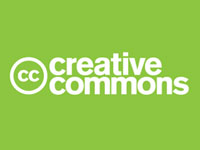
The creative commons license provides a simple standardized way for content creators to keep their copyright whilst allowing “certain uses” of their work.
In simple English, it allows you to use content such as images on your blog that have been issued under Creative Commons.
The creator can determine whether or not an image can be distributed, edited, built upon and copied, all within the boundaries of copyright law.
All the sources listed here can be used to find open source images for your blog; however you must attribute the original author, in the way he or she specifies.
1. Creative Commons Search
Creative Commons Search is the easiest way to search for open source images across multiple websites that can be used for your blog posts.
How To Use Creative Commons Search
You can search for images simply by entering a keyword in the search query box and clicking on the website you’d like to search images for.
Note: You can also search for images that are specifically allowed to be used for commercial purposes and images that allow you to modify, adapt or build upon.
All images in each site provided by the Creative Commons Search must be attributed in the way the original author specifies.
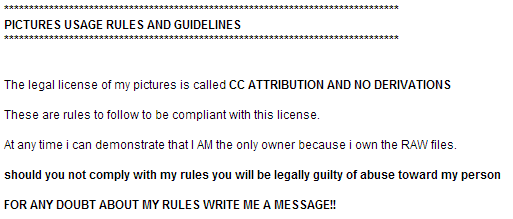
For example this author on Flickr specifies users not to make any derivative work from his images, and they must link back to his blog, from the page where the image is being used on their website.
Ensure that you verify that the work you intend to use is actually under a CC license as search.creativecommons.org is not a search engine, and has no control over the results that are returned.
2. Flickr
Flickr is a great source for finding lots of photos, especially those that are free to use on your blog. Many leading open source image sites such as Photo pin use the Flickr API in order to curate images onto their site. It’s no surprise Flickr is used as the de-facto site for finding free images due to how many they have on display.
The main downsides to Flickr are its below par search functionality, the hard-to-find ‘download’ button and the fact you have to generate the attribution link to the author yourself.
How To Use Flickr to find images for your blog
Using Flickr to find open sourced images is quite simple. Just be sure to check that you are using an image that can be used on your own website.
When searching for an image – you must be sure the “creative commons only” option is selected.
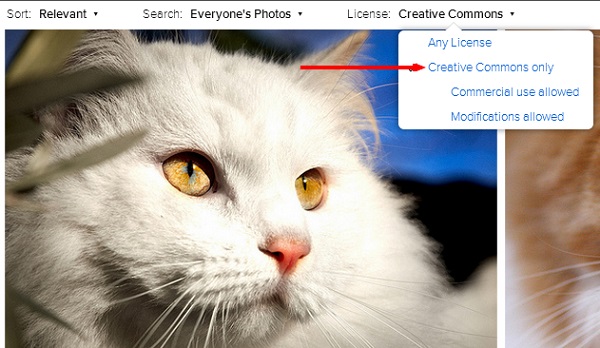
Each image on Flickr has its own license, however if you want to use images that allow modification – be sure the “modifications allowed” option is ticked to display images that allow for adaptation.
Unlike Photo pin, with Flickr you need to go an extra step in order to retrieve the attribution link for an image.
Click the “some rights reserved” link to read the license.

To download an image from Flickr, you must click the download icon to display all the sizes the image is available in for downloading.

3. Photo Pin
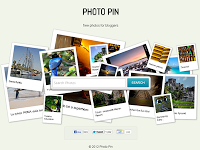 Photo Pin is a great alternative to Flickr for finding open source images to use on your blog due to how easy it is to search for images in the first place.
Photo Pin is a great alternative to Flickr for finding open source images to use on your blog due to how easy it is to search for images in the first place.
When searching for images of very specific things related to your blog post on Flickr, you’ll be inundated with a plethora of images completely unrelated to your original search terms and phrases.
Flickr simply searches for images based on the keywords included by the person who uploaded the image. This means you could spend hours going through 100’s of images, with over half of them being irrelevant to what you’re looking for.
So, how is Photo Pin better than Flickr?
Photo Pin beats both Flickr and Google when searching for images. It also shares the ability to sort images by ‘interestingness’, however unlike Flickr, Photo Pin doesn’t just claim to sort by ‘interestingness’, but it actually returns results that are both relevant and interesting.
The only negative with Photo Pin is that since it uses the Flickr API, if Flickr ever goes down, you won’t find any relevant open source images to use on Photo Pin.
How To Use Images Found On Photo Pin
Photo Pin has images available in two categories: Commercial and Non-Commercial.
All the images in Photo Pin’s database have to be attributed back to the original creator in order to use them. This can be done by linking back to the website the creator wants the attribution link to point towards.
Most people tend to do this in two ways:
1. Including the attribution directly underneath the image.
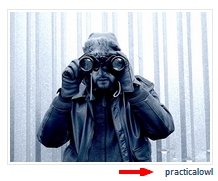
2. Attribution included at the end of a blog post.
“Image courtesy of practical owl”
The attribution required for Creative Commons licensed images are automatically generated for each picture by Photo Pin, making it even easier to add to your blog posts.
Note: You must attribute each image you use.
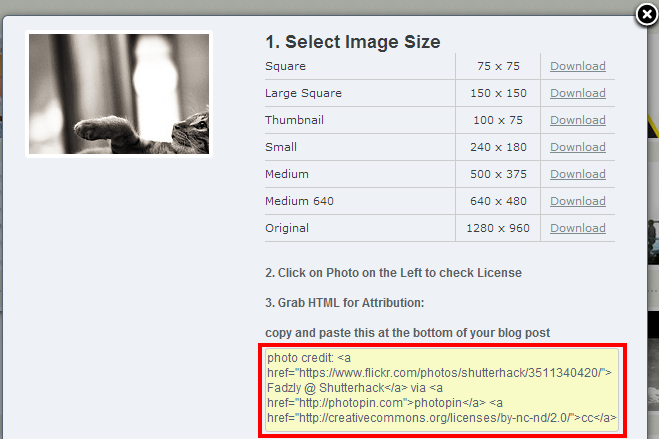
If you are downloading a lot of images from Photo Pin, a handy tip for keeping track of all the attributions is to place the link inside the author tag of the file on your local computer.
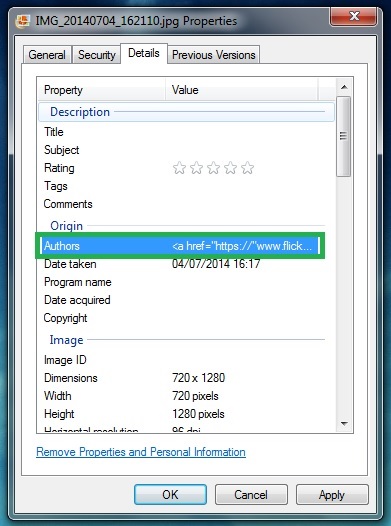
4. Stock.xchng
 Stock.xchng is an excellent source for finding open source images to use for your blog. They provide over 400,000 high-quality images to pick and choose from.
Stock.xchng is an excellent source for finding open source images to use for your blog. They provide over 400,000 high-quality images to pick and choose from.
Note: Stock.xchng differs from Photo Pin in terms of usage, in that you may need to ask permission from the photographer first, before you use it.
Luckily, each image has a space for comments just like Flickr. Photographers actually prefer you to comment on their photo just letting them know how you’ve used the image, whilst linking back to your blog post so they can see.
The only downside is their poor search functionality. Whilst you can search for images by keyword, it is very limited in scope. You’ll receive better results simply by trawling through many of the different categories on offer to find what you’re looking for.
5. highresolution.photography
The name speaks for itself; highresolution.photography curates the highest quality images from photographers to use on blog posts.
Highresolution.photography is still in its infancy and therefore extremely limited in the amount of images and search options on offer.
What it lacks in number and search options is made up tenfold with image quality. Every image has a dedicated page, with several sharing options and a link to the original photographer for you to attribute to, if you choose to use the image on your website.
6. Gratisography
Gratisography is another source for finding high-quality, open source images to use on your blog. All the pictures available were captured by professional photographer Ryan McGuire of Bells Design, and are completely free from copyright restrictions.
The images are vibrant and unique from a wide variety of themes, making them excellent additions when trying to look for an image to support a quirky theme in your blog posts.
Using the images couldn’t be easier, as the photographer has enabled direct downloading to your local computer with a single click.
If you’re looking for high-quality imagery to make your blog posts stand out here are 3 other sources of free high resolution images to use.
Superfamous.com
Littlevisuals.co
Deathtothestockphoto.com
7. Curated Quotes
Picture quotes have been proven to increase the amount of social shares a blog post receives, especially to sites like Pinterest, Tumblr and Instagram.
Curated quotes offer a wide amount of picture quotes to use on your blog with citations included. The best thing about Curated Quotes is the number of categories they’ve assembled for their library, and how apt they are for your business, no matter what you sell or do.
For example, this quote in the leadership category is ideal for those that are writing about team and business management
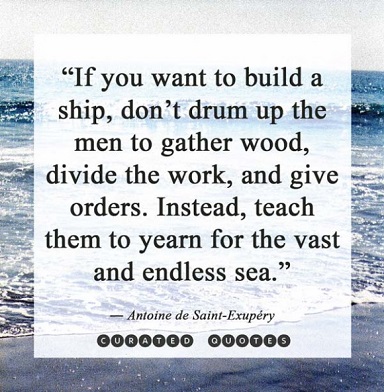
Bonus: Improve Your Images Even Further
The difference between a good image and a great image, are those that are customised specifically to meet a purpose. The more relevant you make your images to your blog post as a whole and its individual points, the more engaged your audience will be with your content.
You may have selected several good images that are the perfect fit for your upcoming blog posts, however you can go a step further to better prep your images by customising them with tools such as PicMonkey (if the license permits) to help your blog post look even more lively.
Quick Tips on Image Optimisation
Optimising your images properly is a very important component of SEO for ensuring your content gets found in the search engines when people search for a term.
This applies both to images on your website, and every other page you’re uploading an image to.
Ensure you follow through these steps even when submitting pictures as social media messages to your followers.
1. After downloading an image, rename it to match the target keywords of your blog post.
– This is essential for getting your images found and shared of Pinterest.
2. Add ‘alt’ tag and ‘title’ tag attributes with your target keywords in the page you want your images to appear. This can be done simply by using the following HTML notation:
– < img src=”url” alt=”keyword” title=”title of blog post” />
Discover
The 12 Marketing Secrets of Fast-Growth Companies
Find out what they do to achieve outrageous business success

Get your free copy

 By
By 
Some great tips there, but don’t forget about Wikimedia Commons with over 22 million media files. http://commons.wikimedia.org/wiki/Main_Page
I find it an excellent source for logos and trademarks in particular.
Neil
Thank you!! Being a newbie to all this, the gems to me are people like yourself, willing to give great tips!!
Really handy. Thanks!
Hi, Also check out http://www.goodfreephotos.com for thousands of HDR travel photos all free and public domain.
Thanks Bob, good tip!
Hi, one more site for your free photo sources list. I search images for my blog on the following sites. All photos are licensed under the cc0 license. http://creativecommons.photos
Don’t forget pixabay! They are pretty big they are run by Germans, so most stuff seems to be written in German first and than translated.
But they got many big photographers and everything is cc0 !
But on a side note: don’t forget that I could upload a non free picture and make cc0 (immorally and illegally) … So keep an sharp eye on what you download, even on flickr!
Absolutey! Pixabay is one we have also been using to find quality images, definitely seems to provide us with more relevant images than Flickr at the moment.
Great list of links, this! Thanks for sharing. 🙂
Here are some more (lesser-known ones) that I use from time to time:
http://www.freeimageslive.co.uk/
http://www.morguefile.com/
http://www.copyrightfreephotos.com/
http://www.imagesource.com/
Thanks for the list! The last thing I want to do is accidently use a copyrighted photo and get in trouble for it! Right now Photo Pin is my favorite!
Im grateful for the article post. Will read on…
Nice collection.. Thanks for sharing !
Keyword research is vital in the digital marketing industry. It is valuable because of its high return on investment (ROI), and keywords help
Luckily, each image has a space for comments just like Flickr. Photographers actually prefer you to comment on their photo just letting them know how you’ve used the image, whilst linking back to your blog post so they can see.
Thanks for the article
Photo Pin is a great alternative to Flickr for finding open source images to use on your blog due to how easy it is to search for images in the first place.
Thanks it worked for me
Thanks for the sharing. Its useful.
Nice list…Thanks for sharing…
Wow great tips…All the sources listed here can be used to find open source images for your blog; however you must attribute the original author, in the way he or she specifies.
Thanks For sharing Such informative things among us that will help the readers a lot. I very much agree.
Your article is very impressive I love to read this article. so keep writing and thanks for sharing with us.
Excellent blog you have got here.. It’s difficult to find good quality writing like yours these
days. I truly appreciate people like you! Take care!!
Your article is very informative. so keep writing and thanks for sharing with us.
Very nice style and great articles, nothing at all else we require :D.
wonderful issues altogether, you just gained a new reader.
What would you recommend about your publish that you made some days ago?
Any sure?